Don’t Let Your Content Marketing Efforts Go To Waste… Create A Continuous Data-Driven Content Marketing Feedback Loop!
Smart marketers know that content marketing is the name of the game for a solid inbound marketing strategy. But, with so much content being produced, creating content for the sake of creating content is only adding to the noise. Creating a data-driven content marketing strategy is crucial to every business that wants to make an impact with their content marketing efforts.
By utilizing data in every phase of your content marketing strategy, you are effectively ensuring you are putting the right content in front of the right audience, in the best format, on the appropriate channel… and all at the optimal time. Whew! That’s a tall order. But, by creating a continuous data-driven content marketing feedback loop, your marketing efforts will be more effective and will yield greater success in moving your audience through the stages of inbound marketing and the buyers journey.
So, where can data impact your content marketing strategy? Actually, in every aspect! Let’s take a look at how to create a data-driven content marketing strategy that works.
1: It All Starts Here! Defining Your Audience
Knowing who your audience is, what their likes are, what their needs are, how they make decisions, etc. is one of the most crucial elements of any marketing strategy. Honing in on specific audience segments and target customers makes creating content much more efficient and effective.
You know the saying… “you can’t be everything to everyone…” well, this holds especially true in content marketing. People want to immerse themselves in content that is relevant and valuable to them. That’s why defining your audience is where content marketing starts!
How to make it data-driven:
How can data help you define your audience? You needn’t look far to find data that will help you to define your target audience.
Start by creating Buyer Personas. Using semi-fictional data based on what you do know and what you can assume, create buyer persona’s that give insight into your desired customers. Highlight demographics, psychographics, personality traits, purchase behaviors, pain points and needs, typical objections, etc. It’s also important to highlight how each potential buyer likes to consume content. How do they like their content formatted, what channels do they typically find content on, when do they seek out content and what type of content are they looking for.
Where to find the data:
You can find a lot of this information by tapping into your CRM, involving your Sales team who has front-line access to potential buyers and current customers, your Customer Success Team who engages with buyers to answer questions and solve problems as well as through Marketing and Research. You can also conduct voice of the customer interviews and/or surveys to gain insights into their particular likes, dislikes, wants and unmet needs.
Looking at your analytics can uncover a lot of information as to who is visiting your website, what actions they are taking and how they interact with your content. Social listening can also prove extremely valuable to find out what your target audience is talking about, what is important to them and what they are looking for.
And finally, don’t forget about the competition. Look at your competitors and who their customers are. How are they serving their target audience, what does their audience respond to and how do they engage with them. You can look at their website, their customer service, their social media, their content and so much more to help shape a picture of what their ideal customer is all about.
Armed with all this data, use it wisely to create personalized content marketing interactions with your target audience. This data-driven content marketing approach to defining your audience is a crucial first step to your success!
2: What Do You Want To Achieve? Outline Your Goals & Objectives
What is it that you want to achieve with your content marketing efforts? Knowing exactly what you want to get out of it will certainly help to inform what you put into it! It also serves as your benchmark for analysis and truly understanding if your efforts are proving successful based on what your initial intentions were.
We all know content marketing takes valuable time and effort when done right. Ensure that your effort has the right focus by checking it against your original goals and objectives regularly.
How to make it data-driven:
The important element here is to be as specific as possible when outlining your content marketing goals and objectives. When you establish SMART goals (Specific, Measurable, Attainable, Relevant and Timely), you are easily able to measure your progress towards achieving those goals over time. Understanding how you will measure your success is of critical importance to knowing where to focus your future efforts.
Where to find the data:
Look at your current and past content marketing campaigns to glean insights as to how you are performing. These can serve as a baseline for your new goals and objectives, as long as you check them against the SMART standards. Your analytics can provide you with data on visitors, open-rates, click-through rates, conversions and bounce rates. Combined with information on your target audience, this data can be very powerful in setting your future goals and objectives to ensure your content marketing is rooted in a data-driven strategy.
If you are starting from scratch, or looking for other data points to supplement your own findings, then look into sourcing industry benchmarks as a starting point. You may be able to find information to form a baseline perspective. Gather as much competitive information as possible to help round out your perspective when forming your overall content marketing goals and objectives. This data-driven content marketing approach is one of the smartest ways to ensure you measure what matters.
3: Brainstorming Time! Create Content Topics
You’ve got your target audiences defined and have created SMART goals and objectives, now it’s time to brainstorm content topics to fuel your content marketing strategy. If you’ve done a thorough job of crafting detailed buyer persona’s, then this step becomes much easier.
The key is to use data to inform your content topics. It’s probably pretty easy to come up with topics that you think your target audience would be interested… but it’s a whole other task to dig deep and find data points about the type of topics your audience is seeking. Let your intuition guide you, but let that data truly inform your topic buckets.
How to make it data-driven:
The key is creating content topic “buckets” that you can use to categorize and organize around your target audiences’ needs and desires. When you know who your audience is, and what they need or want, then brainstorming content topics becomes data-driven.
Your goal is to create content that your target audience will find valuable, relevant, entertaining, purposeful, useful, etc. Thus, when you factor in data to inform your topical buckets, you are one step closer to creating this essential content data-loop for your eager audience.
Knowing trends in your industry, understanding customer behaviors, and being able to foresee what your customers will need now and in the future is a very powerful thing. Creating content buckets isn’t a one-and-done strategy either. Be prepared to constantly scrutinize your content topics for gaps and opportunities.
When you take this type of data-driven content marketing approach, you are establishing the right structure to best serve the needs of your target audience with the right content at the right time.
Where to find the data:
The best place to start? Go back to those consistently valuable buyer persona’s you created and look for the golden nuggets of information that can cue your content topics. If you’ve done a thorough job with your persona’s, then you’ve outlined what type of content your target audiences desire and what their unmet needs are. Tap into the intimate knowledge that your front-lines (Customer Service, Customer Success, Sales, etc.) have about your target audiences.
What are common questions they have, what are repetitive complaints and what information are they seeking the most. This is hands-down one of the most valuable resources for generating content topics. Again, you should also be engaging in social listening, competitive analysis and web analytics to uncover potential areas for content creation.
4: The Heart of Your Content Marketing! Develop Customer-Centric Value-Based Content
Alright, you’ve got your content topics narrowed down – now the fun part… creating content that your customers love! Not only will they find your content valuable, but that they will seek it out because it is so good. The number one priority for content creation is… drumroll please… quality over quantity. Period.
It’s not a race to see how much content you can create in each topic bucket. Rather, you should be focusing your efforts on creating value, unlike your competition or other alternatives. It’s just that simple. Just don’t mistake simple for easy. This is where the bulk of your time will be!
How to make it data-driven:
Armed with all the data you’ve gathered already to compile your content buckets, you are now in a position to use that data to create customer-centric value-based content. That is a smart strategy when you need to create original content that is brand new. But, given the complexity of creating high-quality content, your best opportunities may lie in content that you have already created.
Do research and analysis to uncover what content has performed well and look for ways to repurpose content in different ways. Essentially, your past content performance is informing your new content direction.
Don’t forget to take advantage of the power of keywords as you create your content. This should happen naturally if you are writing with your target audience and topic at the forefront. But, it is always a smart marketing practice to ensure that your content is optimized for the topic you are writing about. The right keywords and strategic SEO can go a long way in getting your content in front of the right audience.
Where to find the data:
Your analytics can be a treasure trove of information and data that can really help steer the direction of your content. As noted above, look at past content performance to find the “low hanging fruit” of content that you can easily repurpose in a variety of ways.
Look at open rates, click-through rates, social engagement and shares to glean insights on what your audience finds value in. For optimizing your content, get insights from keyword research to help inform where to place emphasis in your content.
Competitive information is also of value here. What type of content is working well with your competitors? What competitive content is your target audience drawn to? How can you capitalize on that by creating content that provides more value to your targeted segments?
5: It’s All About the Execution! Identify Content Types, Delivery Methods and Distribution Channels
Congrats! You have created high-quality customer-centric value-based content informed by the vast amounts of data you have… now comes the tricky part. Figuring out the form and format for that content so that it makes the biggest impact with your target audience. It’s not about posting a blog post on your website and hoping for the best… those days are long gone. Again, in today’s digital world, finding the best content type, delivery method or distribution channel can mean the difference between highly successful or unsuccessful content (regardless of the actual content itself)!
The key is knowing what’s going to work best for different segments of your audience. So how do you figure that out? Follow the ABT method: Always Be Testing! In a world where technologies change in a heartbeat and consumer preferences changing even faster… it’s a smart strategy to continuously test alternatives to find what works best depending on the content topic, the target audience, the purpose of the content, etc.
How to make it data-driven:
Look at trends in your industry or sector to help hone in on the types of content and/or delivery methods that work best. This can provide a high level generalization as a place to start. Combine this with your own findings based on past content performance to continuously tweak the type of content you are creation and how/where you are publishing it.
A/B testing is a great way to use data to inform your content strategy. By changing small variables and comparing results, you can begin to optimize on the most successful performance. Also, comparing the results of your content performance across different channels or published at different times can also yield valuable insights.
You will obviously want to refer back to your buyer personas for insights about customer preferences in terms of how, when and where they prefer to consume content.
Where to find the data:
You can find industry and sector trends and best practices data typically widely available. Attending industry conferences is also a great way to better understand the trends and nuances of customer behaviors, technology influences and marketing tactics as they pertain to your business. External sources of information and data are a great place to start as well as to set benchmarks for your own performance.
Supplement industry data with your own findings by taking the time to evaluate content performance, understanding why some content is successful and some isn’t and testing different content types, delivery methods and distribution channels to optimize your own strategy.
Again, the people who are in customer-facing roles in your organization can provide valuable insight here as well. Do customers typically have the same question, yet you have a blog post covering the topic in detail? Then it may be a visibility issue or perhaps your content isn’t optimized around the right keywords. Your customer-facing peers can help identify those areas of discrepancy with you.
And not to sound like a broken record, but… you will obviously want to refer back to your buyer personas for insights about customer preferences in terms of how, when and where they prefer to consume content.
6: It Doesn’t End Here! Analyze Your Content Marketing Performance
You will definitely want to take advantage of your analytics to determine what content is working and what isn’t. When a particular piece of content is failing, it can be for a varied number of reasons. Perhaps people aren’t seeing your content because it isn’t optimized correctly, perhaps the form of the content isn’t a match for your target audience or perhaps the channels you are publishing to are already filled with similar content.
Whatever the reason, it makes sense to try to isolate the issue by testing different scenarios. Change up the type/form of your content (if it’s a blog, try doing a webinar instead… if it’s a tweet, try creating an infographic instead). Sometimes just changing up the form or format of content makes it more or less desirable to a particular audience.
How to make it data-driven:
Well, the title of this step says it all… “Analyze your content marketing performance” – that means uncover data points that will help you to optimize your content marketing efforts. The steps here aren’t really linear. This “analysis” is everything that you’ve been doing leading up to this point. If your content strategy is truly data-driven, then you have been analyzing all sorts of data to help inform every step along the way. This is just another task in the content strategy optimization loop.
Where to find the data:
Here, you are looking at the performance of a unique piece of content, published in a specific form on a particular channel. You are evaluating the overall performance of the content not only in how your audience reacts and relates to it, but also going back to the beginning and seeing how it aligns to your original goals and objectives.
Where are there gaps? Where are you exceeding your expectations? Using this data-driven content marketing approach to analyzing your performance gives you the right insights to optimize your best performing content. Continue this process and optimize and repeat.
Summary
Bottom line… it’s a big data-driven content marketing feedback loop. Everything you have done, and are doing along every phase of your content marketing strategy can help to inform everything you plan to do in the future. Data, whether it is in the form of analytics, customer feedback, internal communications, industry benchmarks, etc., is a crucial element to creating a content marketing strategy that works.

Darcy Schuller is the Chief Digital Marketing and Brand Strategist at Suvonni, an innovative boutique digital marketing agency based out of St Petersburg, FL. As a leader in the digital marketing space, Darcy is passionate about helping clients build stronger brands through elevated customer engagement, social media marketing, content marketing and dynamic web experiences. Darcy is a respected marketing thought leader, speaker and consultant.

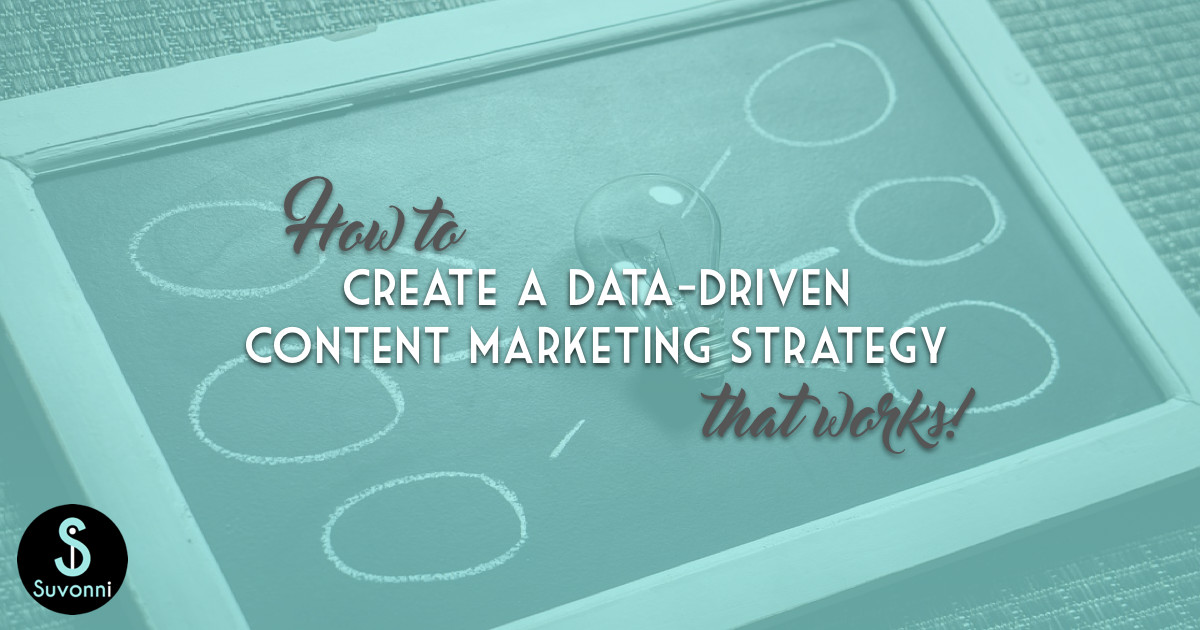


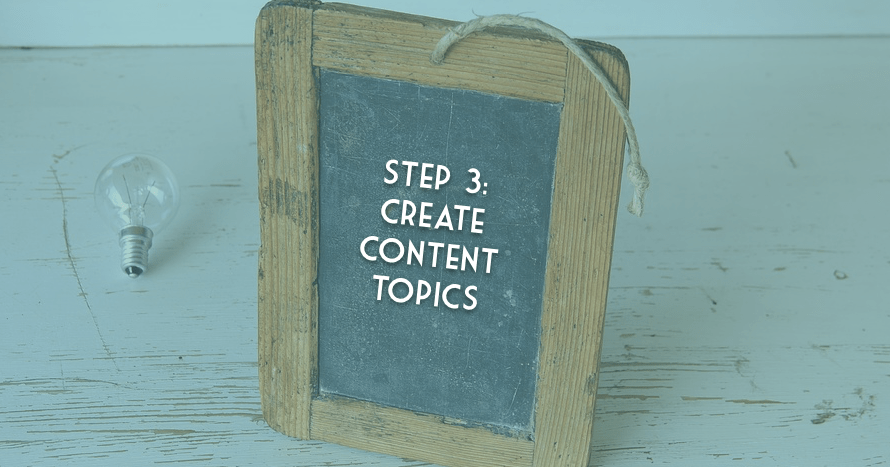
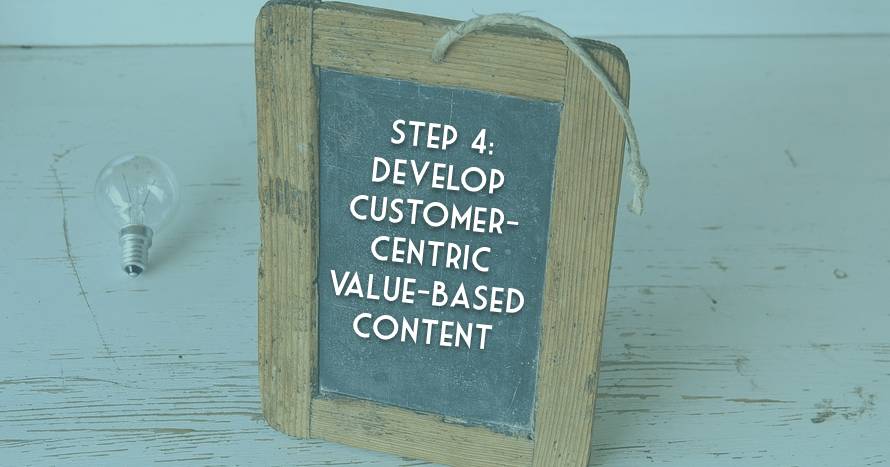
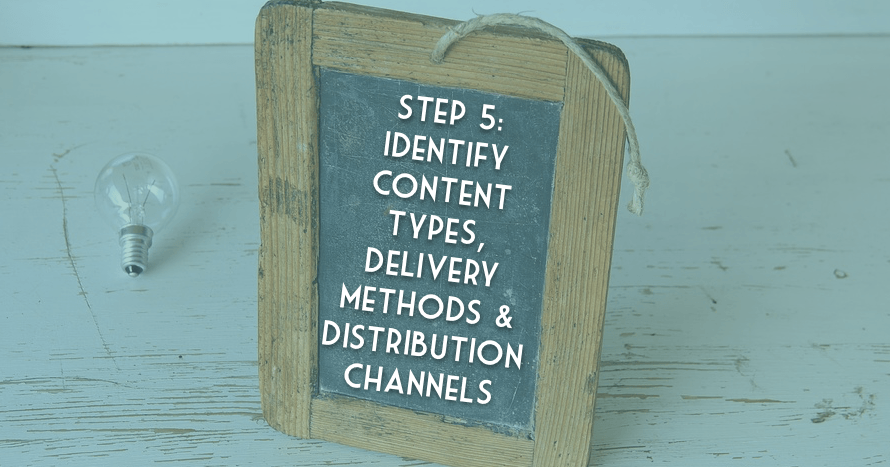


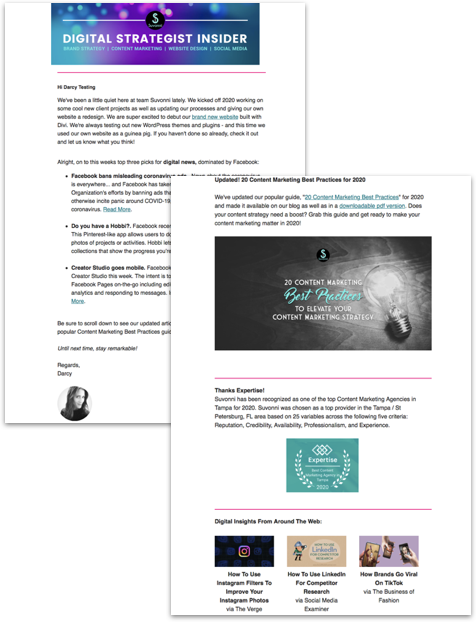
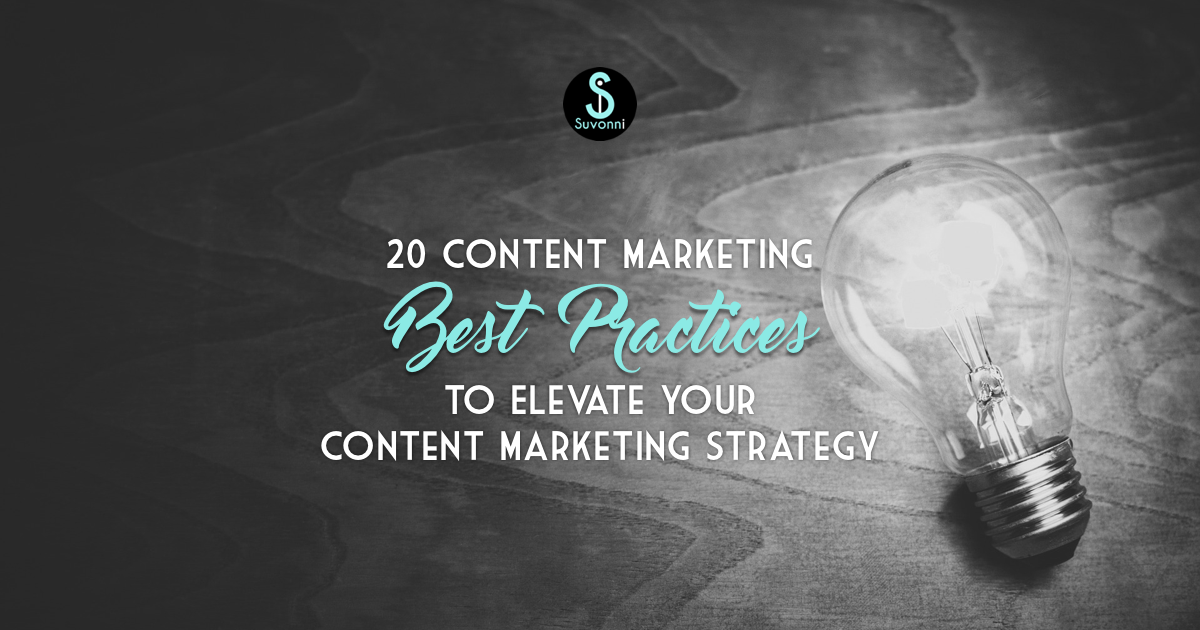
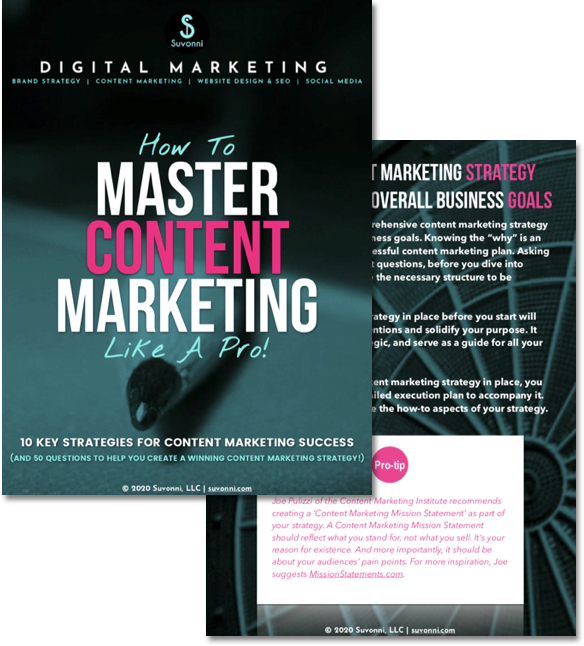
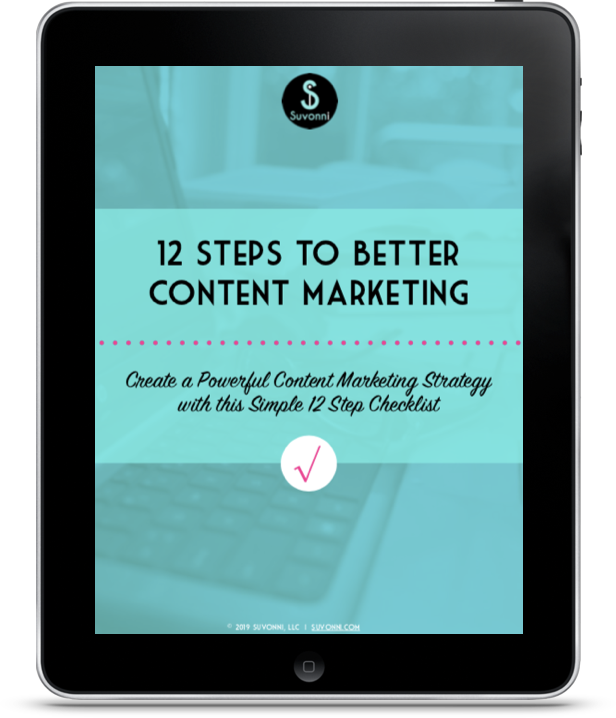
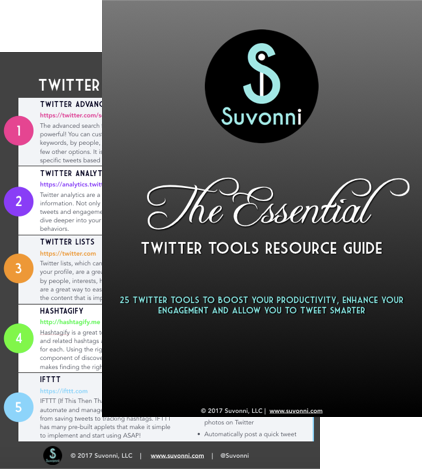
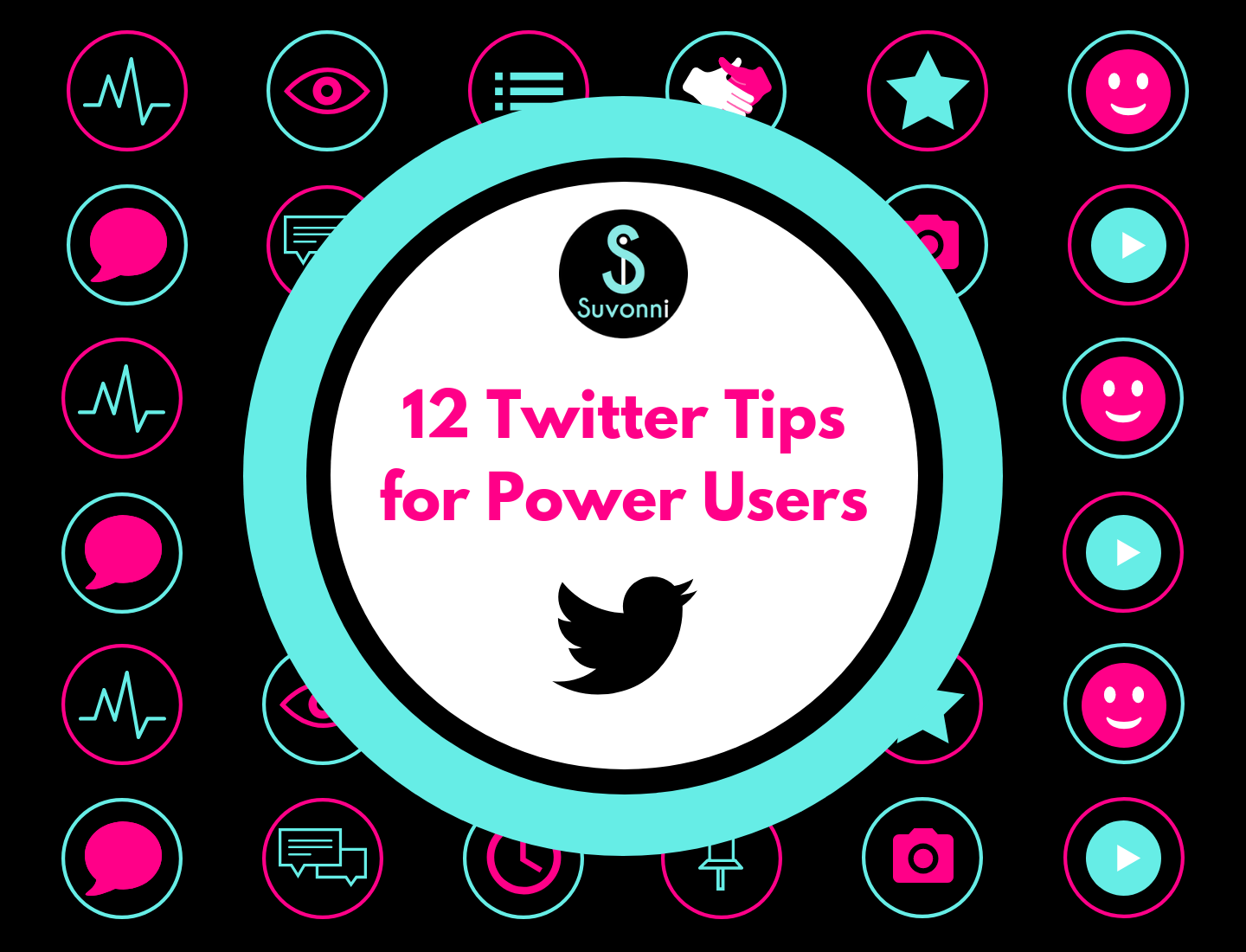

Trackbacks/Pingbacks